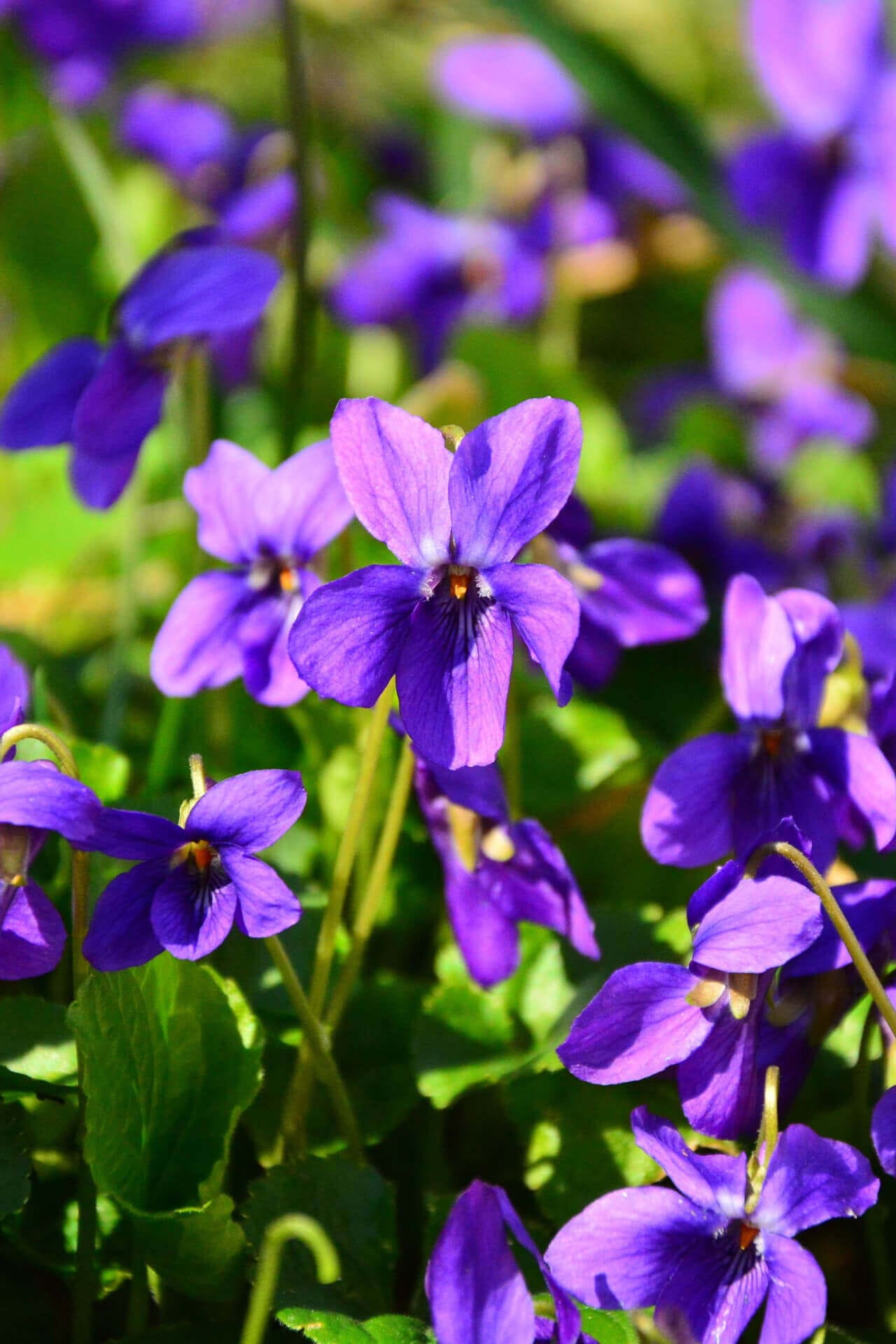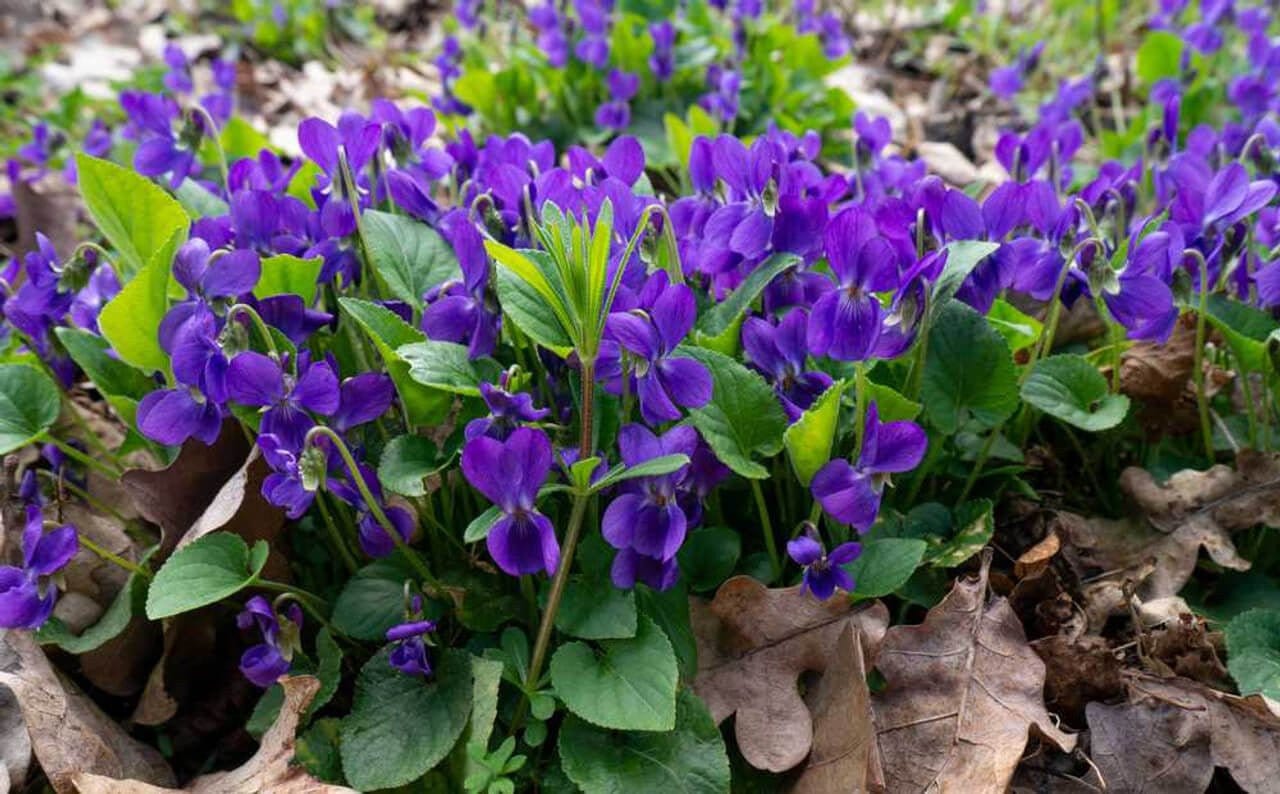Sweet Violet
Couldn't load pickup availability
Now
Under 12"
Sun or Shade
3-9
Flowering
Bare-root
Viola odorata - Sweet Violet
Sweet violet is a small, herbaceous flowering plant in Violaceae. It is native to Europe, although it has been widely introduced worldwide due to its attractive and fragrant flowers. It is a popular garden plant for its delicate beauty and scent.
Sweet Violet Characteristics
It is a low-growing, perennial plant that can grow up to 15cm tall. Its heart-shaped leaves are surrounded by five-petalled flowers in various shades of purple, pink, and white. The flowers have a sweet scent, most pronounced in the morning and evening.
Uses of The Sweet Perennial
It has medicinal, culinary, and ornamental uses. Traditional medicine has been used to treat respiratory ailments, including coughs and bronchitis. Its leaves and flowers contain mucilage, believed to soothe irritated mucous membranes. It has also been used topically to treat skin conditions such as eczema and acne.
Planting This Popular Ornamental Plant
It is a popular ornamental plant for its attractive flowers and scent. It is often planted in rock gardens, borders, and woodland areas and can be grown in containers.
Benefits
Sweet Violet has several benefits, including its soothing and anti-inflammatory properties. It can be used to alleviate coughs and other respiratory ailments, as well as skin conditions. The plant is also believed to have a soothing effect and can be used to promote relaxation. The plant is rich in antioxidants and has been found to have anti-cancer properties. Studies have shown that the plant contains compounds that inhibit the growth of cancer cells and may help prevent the development of certain types of cancer. It is a beautiful and versatile plant used for centuries for its medicinal, culinary, and ornamental properties.
Its delicate flowers and scent make it an excellent pick for gardens and bouquets, while its healing properties have been valued in traditional medicine. With its numerous benefits and attractive appearance, it is a plant that will delight and inspire.
This Is How Your Plants Will Look upon Delivery
Bloom/Foliage Color
Purple
Shipping date depends on the date displayed and chosen when you order from the product's page.
We do not offer warranties on products after 5 days past receiving your plants.




